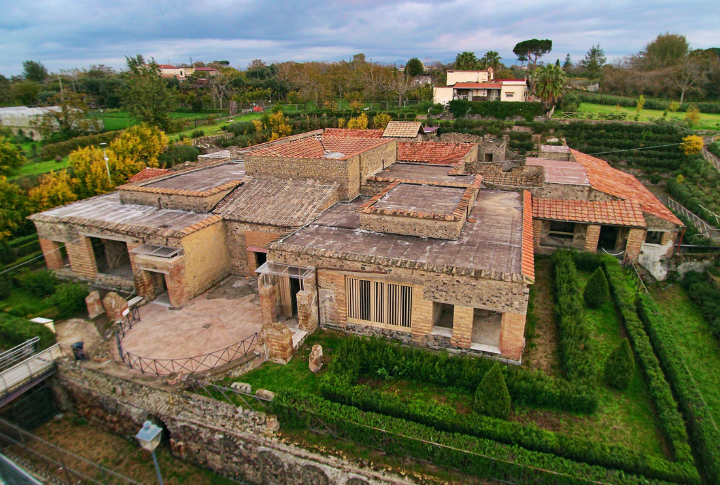
Rome’s influence shaped cities and then extended into the countryside. There, the wealthy built grand estates that blended luxury with culture. Though centuries have passed, many of these estates remain standing. Here are 10 of them.
Villa Romana Del Casale
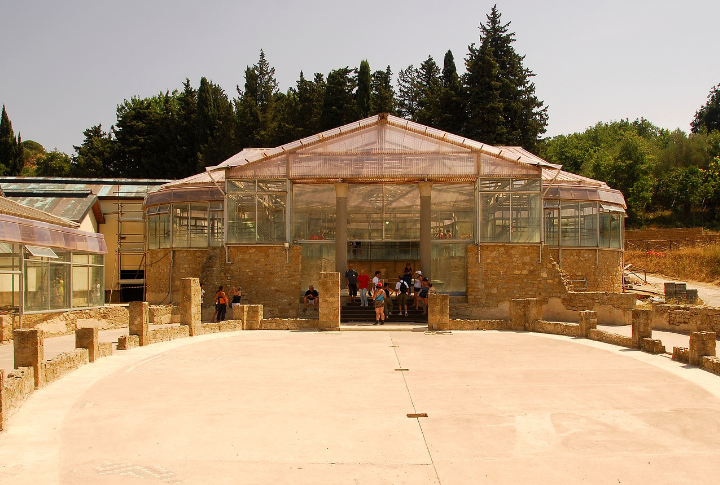
This 4th-century estate in Sicily is famous for its detailed mosaics, which cover over 3,500 square meters. Depicting scenes of mythology and everyday life, the artworks bring the past to life. Since the site was buried for centuries before being uncovered in the 19th century, its artwork remains remarkably well-preserved.
Villa Of The Mysteries
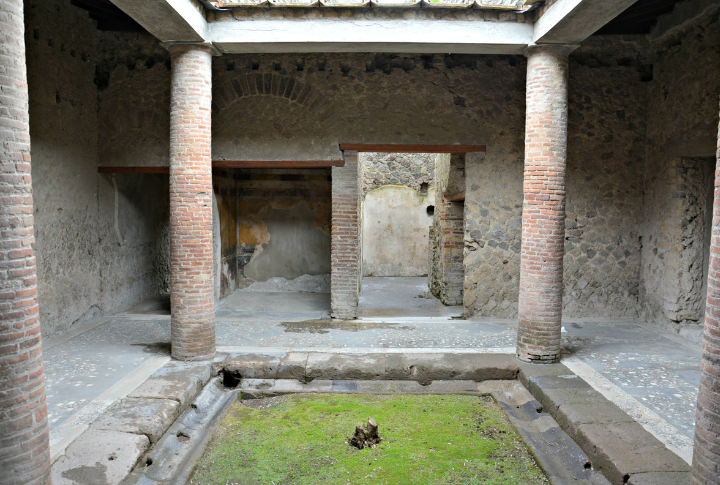
The Villa of the Mysteries in Pompeii is one of the best-preserved Roman estates. It was buried by Mount Vesuvius in 79 AD and later rediscovered in 1909. Most notably Dionysian frescoes found in the villa’s banquet hall, depict life-sized figures (supposedly) engaged in an initiation ceremony into the Cult of Dionysus.
Hadrian’s Villa
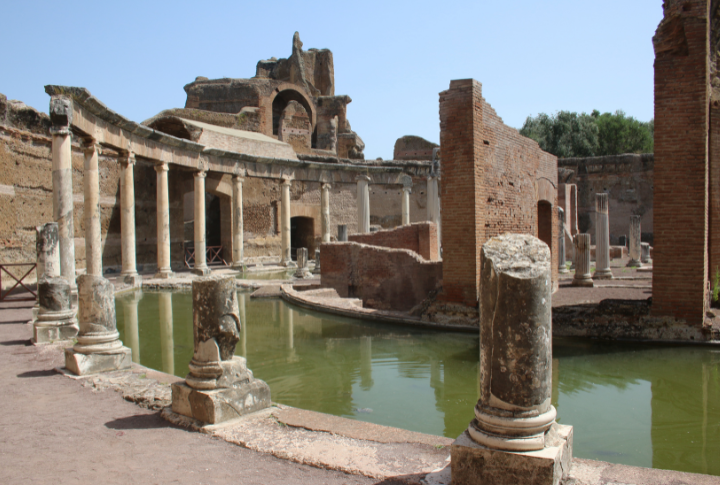
This massive estate in Tivoli spans nearly 300 acres and remains one of the most impressive Roman sites. It was also influenced by Greek and Egyptian designs back in the 2nd century AD. The villa features a unique blend of palaces and theaters that highlight the empire’s cultural diversity.
Villa Poppaea
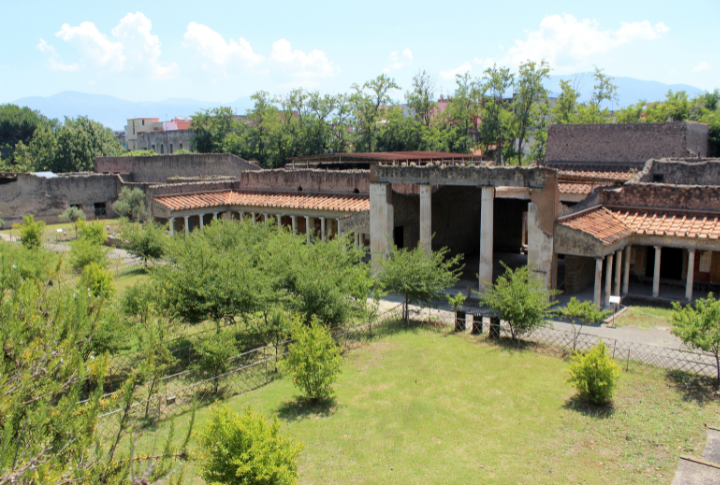
In Oplontis, the estate is believed to have belonged to Emperor Nero’s wife, Poppaea Sabina. Buried by the Vesuvius eruption and later uncovered, its marble columns and massive swimming pool reflect the extravagance of Rome’s elite. As archaeologists continue their research, they frequently find new details about its owners and historical significance.
Villa San Marco
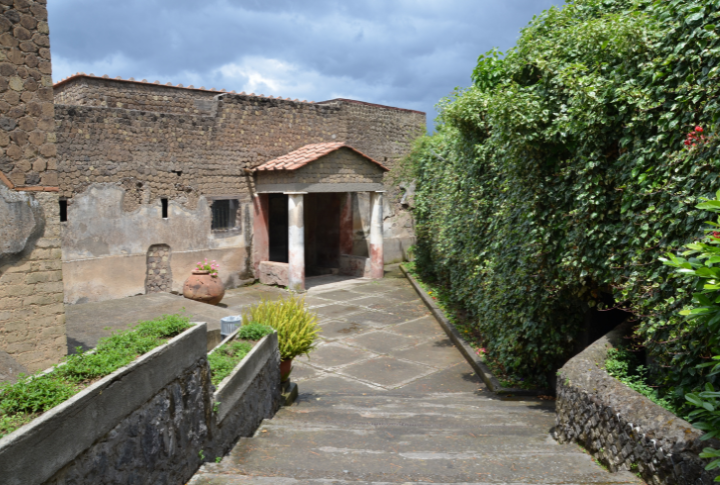
Villa San Marco is amongst Stabiae’s largest estates. It has private bathhouses with large courtyards, offering a glimpse into the lavish lifestyle of elite Roman families. Unlike many other villas destroyed by the eruption of Mount Vesuvius in 79 CE, Villa San Marco was buried under a lighter layer of volcanic ash, which helped preserve its detailed architectural elements.
Villa Boscoreale
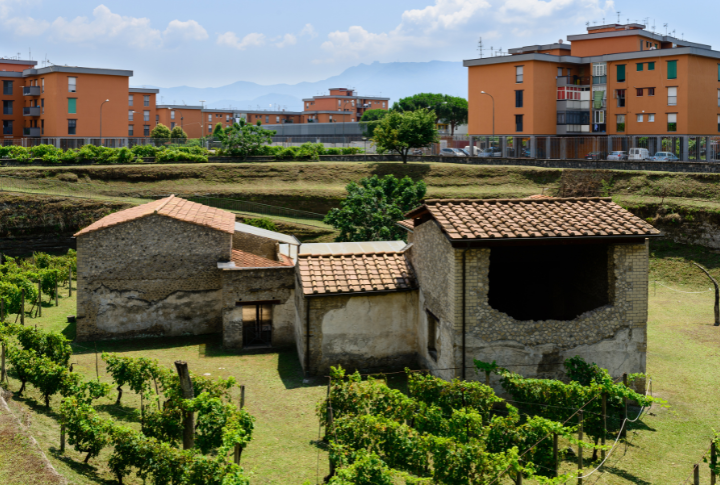
Villa Boscoreale is located near Pompeii. It was an active agricultural estate that produced wine and other essential goods. It was built in the 1st century BC and belonged to a wealthy Roman landowner who balanced luxury with farming. The villa’s design included residential quarters and functional spaces like storage rooms.
Villa Of The Papyri
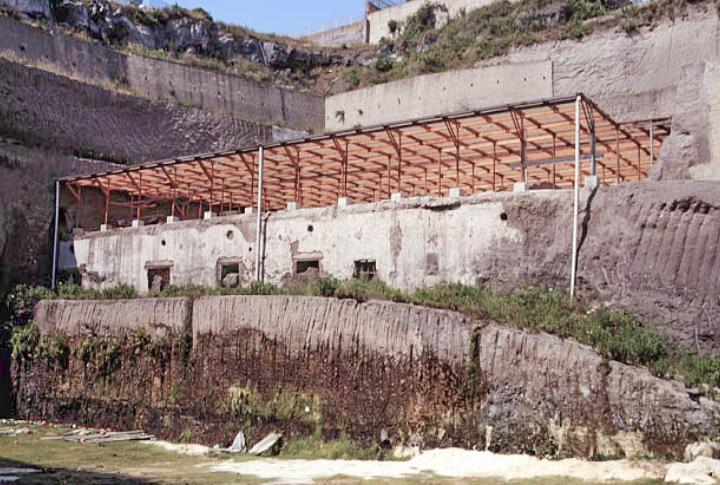
This Herculaneum estate is named after its extraordinary collection of papyrus scrolls carbonized by the Vesuvius eruption in 79 AD. Among the villa’s most significant discoveries is the Herculaneum Papyri, a collection of over 1,800 scrolls containing philosophical and literary texts.
Villa Delle Vignacce
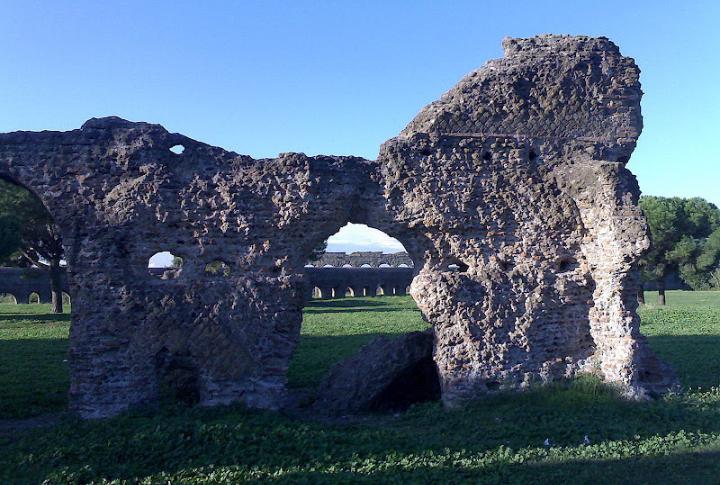
Ongoing excavations in this Appia Antica villa have revealed new artifacts, such as marble-lined walls, about this lesser-known estate built in the 2nd century AD. Other features include a bath complex and intricate mosaics. A statue of Marsyas, a satyr from Greek mythology, and fragments of sculpture were also found in the villa.
Villa Romana Del Tellaro
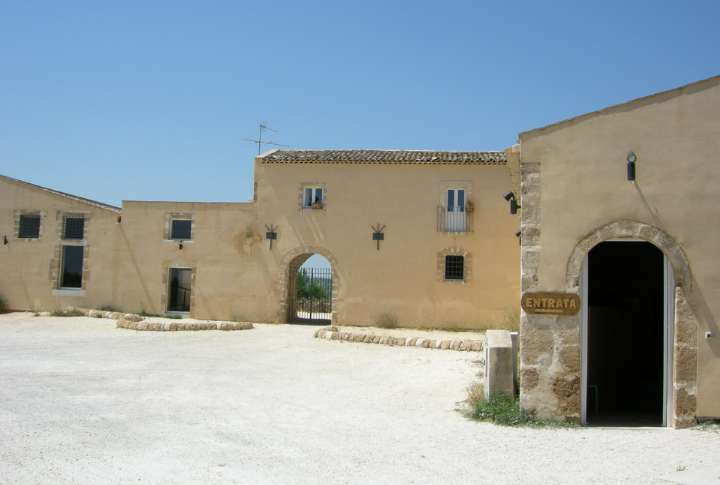
Hidden for centuries beneath a 17th-century farmhouse, this Sicilian estate, Villa Romana del Tellaro, was only discovered in the 1970s during renovations. Despite damage from farming activities, it contains well-preserved floor mosaics with detailed hunting scenes and mythological imagery reminiscent of those found in Villa Romana del Casale.
Villa Of Tiberius

This Sperlonga estate’s most famous feature is a grand grotto adorned with elaborate statues depicting Greek mythology scenes, including Homer’s “Odyssey” episodes. Although sections of the villa have eroded over time, its dramatic setting and surviving statues continue to attract visitors and scholars interested in Roman artistic influences.

